What is Data-Driven Advertising?
In today’s digital landscape, data-driven advertising is no longer just a trend – it’s a necessity. Advertisers who leverage data can target audiences more effectively, optimize campaigns in real time, and ultimately drive higher ROI (Return on Investment). In this guide, we will explore 5 ways to use data-driven advertising to maximize your advertising efforts.
1. Target Your Audience More Precisely with Data-Driven Advertising
One of the most significant advantages of data-driven advertising is the ability to target specific audience segments. Traditional advertising approaches rely on broad, generalized demographics, but data-driven strategies allow advertisers to create more granular audience profiles.
How to Do It:
- Behavioral Targeting: Use data from online activities (e.g., browsing habits, purchase history) to segment users and deliver relevant ads based on their behavior.
- Demographic Targeting: Refine your audience by analyzing data like age, gender, location, and income.
- Geo-targeting: Use location data to target users in specific areas. This enhances relevance and increases conversion rates.

By targeting the right people with the right message, you can improve the chances of engagement and conversion.
2. Optimize Your Data-Driven Campaigns in Real Time
Data-driven advertising allows for continuous optimization of campaigns. Traditional ads require time to analyze performance and make changes. With data-driven approaches, you can adjust campaigns instantly.
How to Do It:
- Automated Bidding: Use data to adjust your bidding strategy in real time, ensuring you are investing in the most cost-effective ad placements.
- A/B Testing: Continuously test different ad creatives, targeting strategies, and landing pages to identify which variations yield the best results.
- Performance Monitoring: Set up dashboards to monitor key performance indicators (KPIs) in real time, allowing you to make quick adjustments to your campaigns.
This approach allows you to maximize ROI and avoid wasted ad spend by reacting to campaign performance as it happens.
3. Personalize Your Ads Using Data-Driven Advertising for Higher Engagement
Consumers today expect more personalized experiences, and data-driven advertising enables businesses to create customized ad content based on user preferences and behaviors. Personalized ads have been shown to drive higher engagement rates and increase conversions.
How to Do It:
- Dynamic Ads: Use data to automatically personalize ad content for each user, like showing personalized product recommendations based on their browsing history.
- Personalized Messaging: Create unique ad messages that address individual needs, pain points, or interests, based on past interactions.
- Retargeting: Serve ads to users who have interacted with your website or products, reminding them of your offerings.
When ads are relevant to the audience, they are more likely to engage with your content, leading to better campaign performance.
4. Improve Customer Lifetime Value (CLV):
Data-driven advertising not only helps you acquire new customers but also improves customer retention and lifetime value (CLV). By analyzing customer behavior and identifying patterns, businesses can create targeted campaigns that nurture long-term relationships.
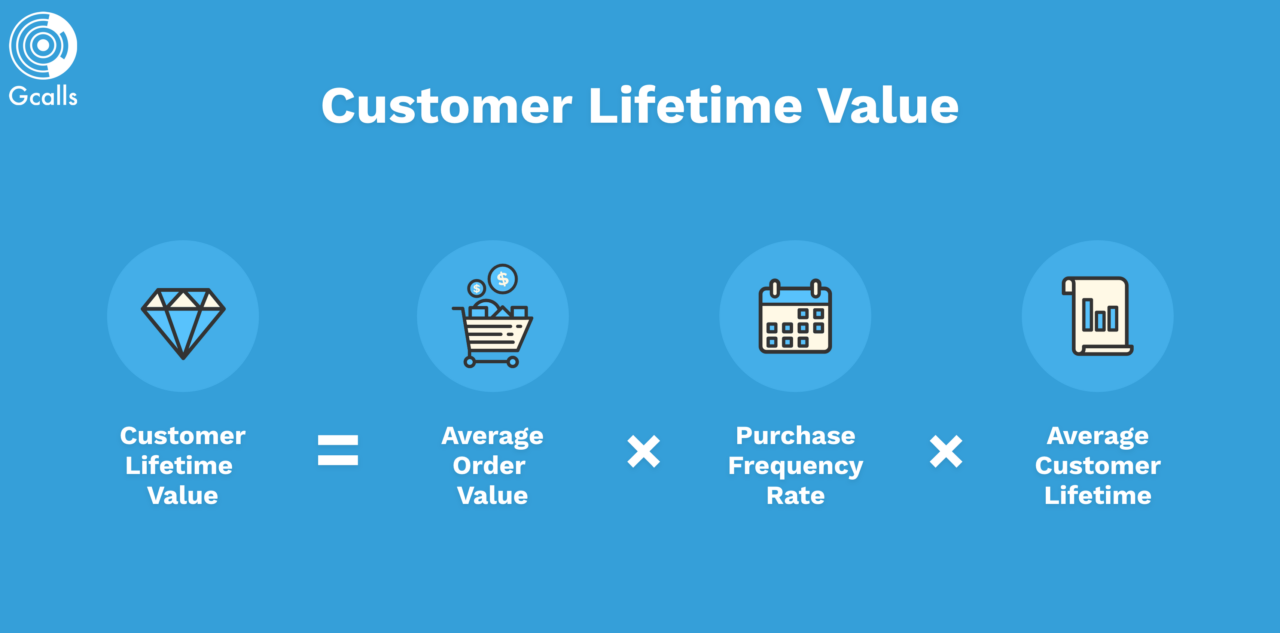
How to Do It:
- Customer Segmentation: Segment customers based on their behaviors and purchasing patterns. Create personalized ads for each segment to increase retention.
- Predictive Analytics: Use predictive models to identify customers likely to churn. Then, target them with tailored offers or incentives to keep them. Cross-sell and Upsell: Use data to recommend complementary products or services to existing customers, boosting their lifetime value.
By focusing on retaining and nurturing existing customers, you can increase CLV and improve overall profitability.
5. Leverage Artificial Intelligence (AI) for Advanced Optimization
AI is revolutionizing data-driven advertising, making it possible to analyze large datasets quickly and accurately. AI can automate the process of optimizing campaigns and predicting user behavior, enabling advertisers to make smarter decisions and achieve better results.
How to Do It:
- Machine Learning: Use machine learning algorithms to predict which users are most likely to convert and adjust your ad targeting accordingly.
- Smart Bidding: AI can automate the bidding process, ensuring that ads are shown to the most relevant users at the optimal time, maximizing the chance of conversion.
- Content Optimization: AI tools can help identify the most engaging types of ad content for different audience segments, allowing you to create ads that are more likely to drive results.
AI-driven data analysis can help you optimize campaigns more efficiently, reducing manual intervention and improving ad performance.
Conclusion
Data-driven advertising is a game-changer for marketers looking to boost ROI, improve targeting, and engage customers more effectively. By using data to optimize campaigns in real time, personalize ads, and leverage advanced technologies like AI, businesses can take their advertising strategies to the next level.
Start implementing these five strategies today, and you’ll be on your way to running more efficient, data-driven ad campaigns that deliver tangible results. Sign up for our platform and access powerful tools to take your ad campaigns to the next level.




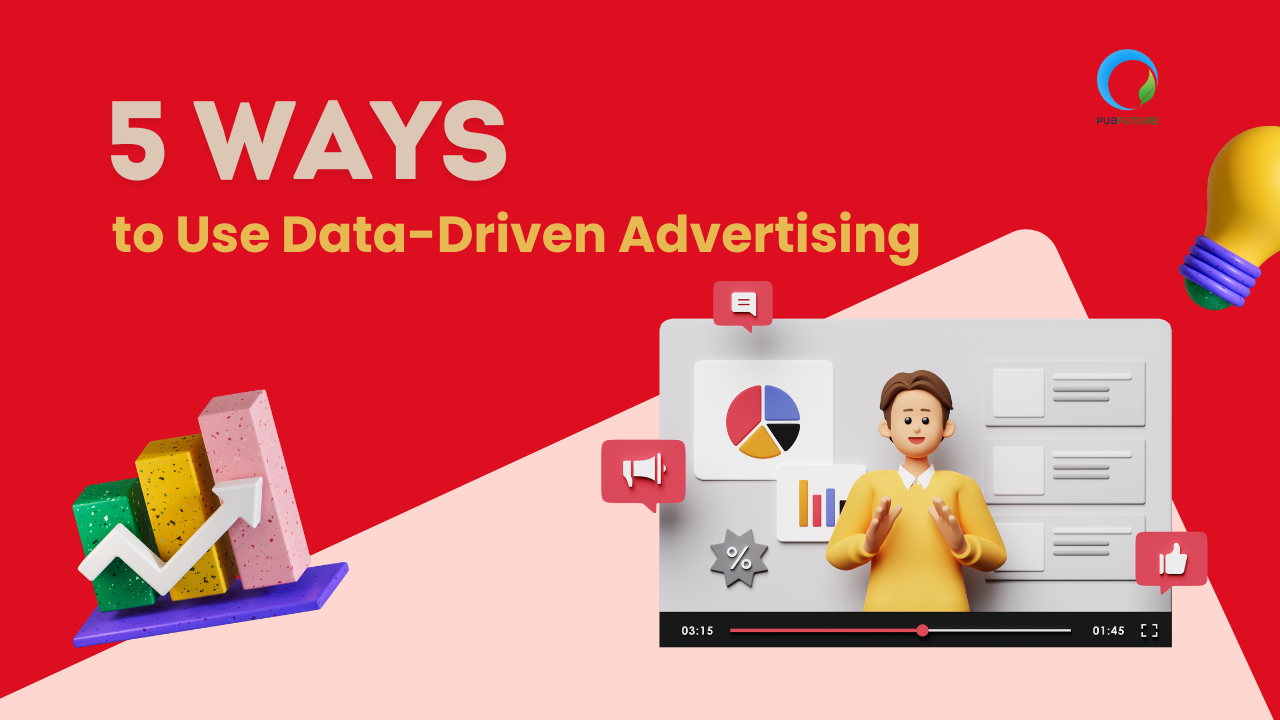
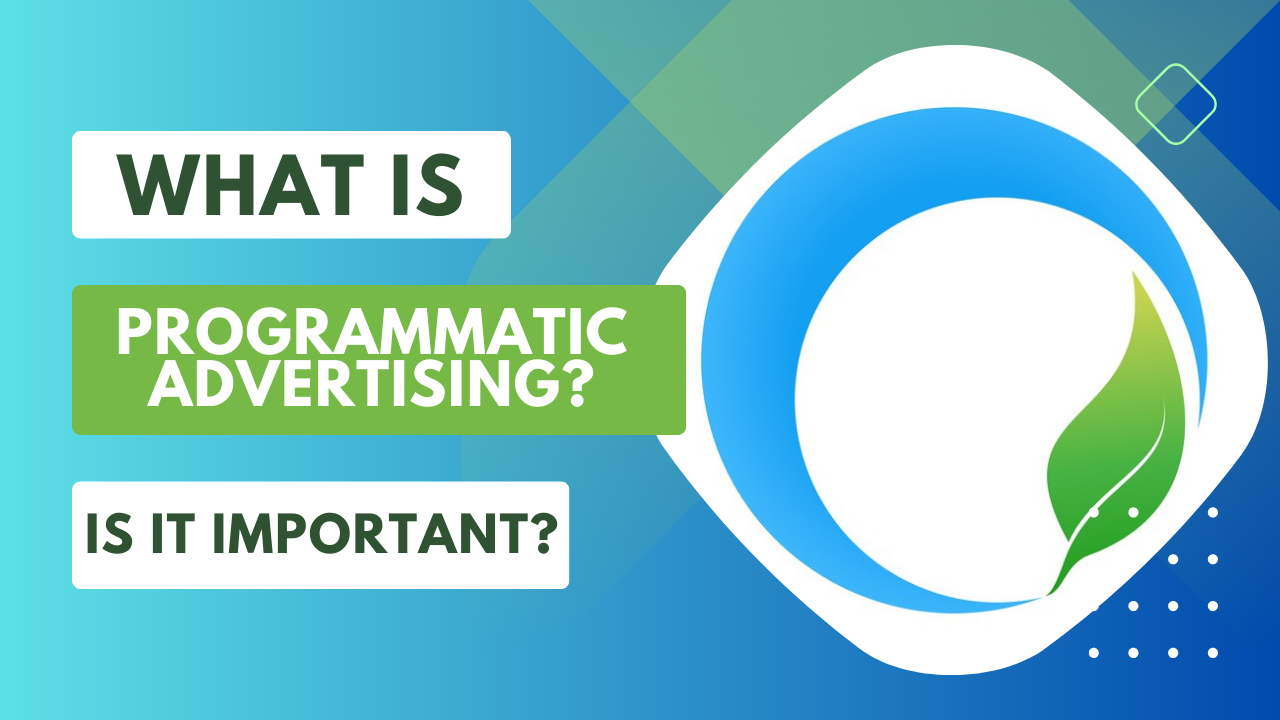
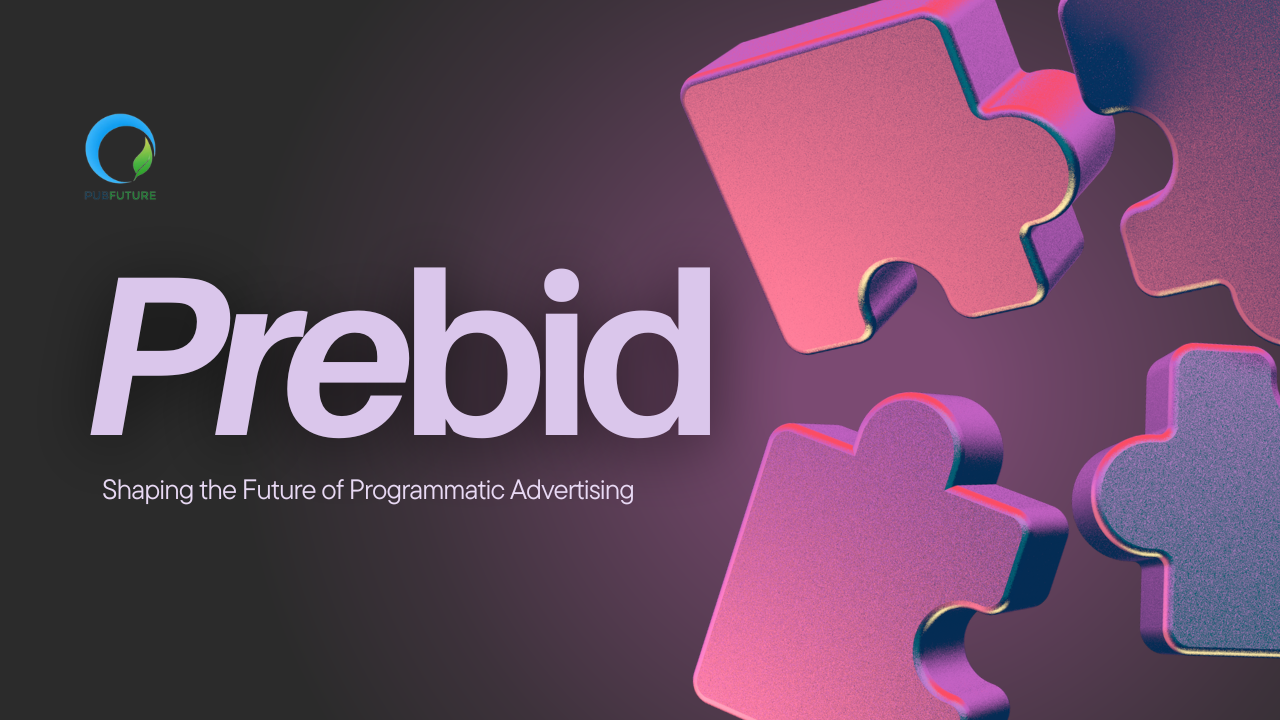
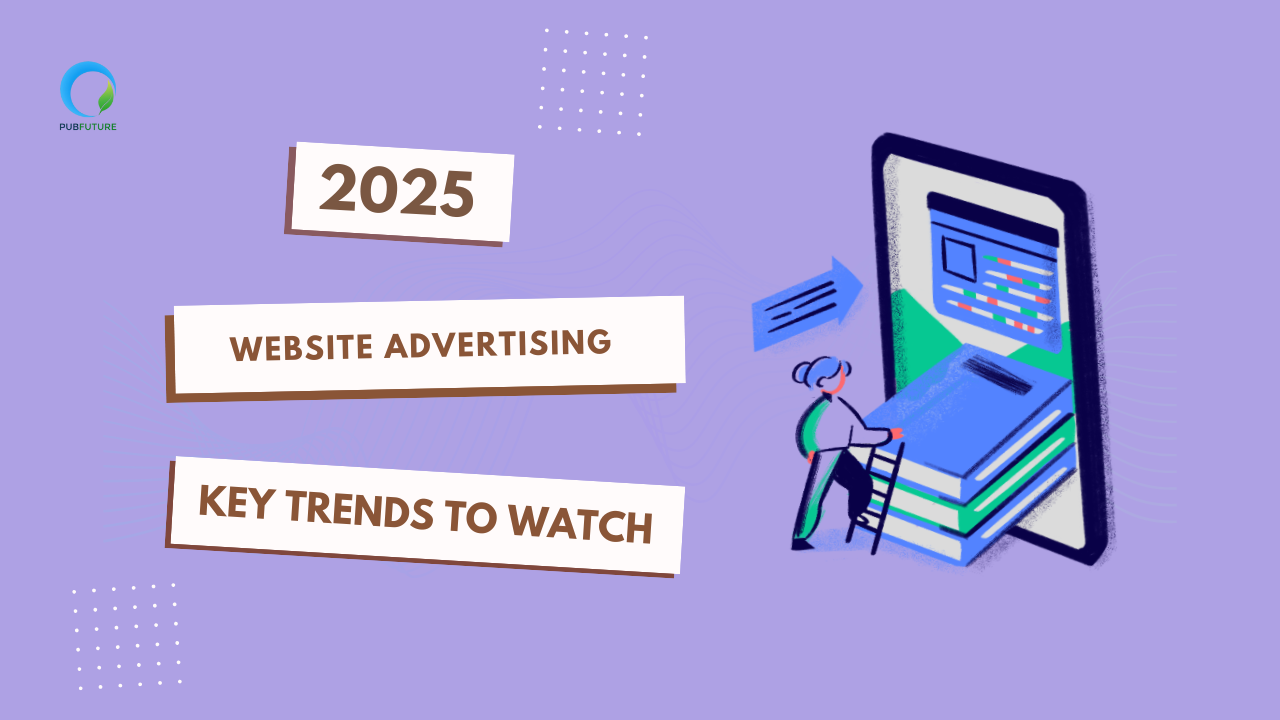
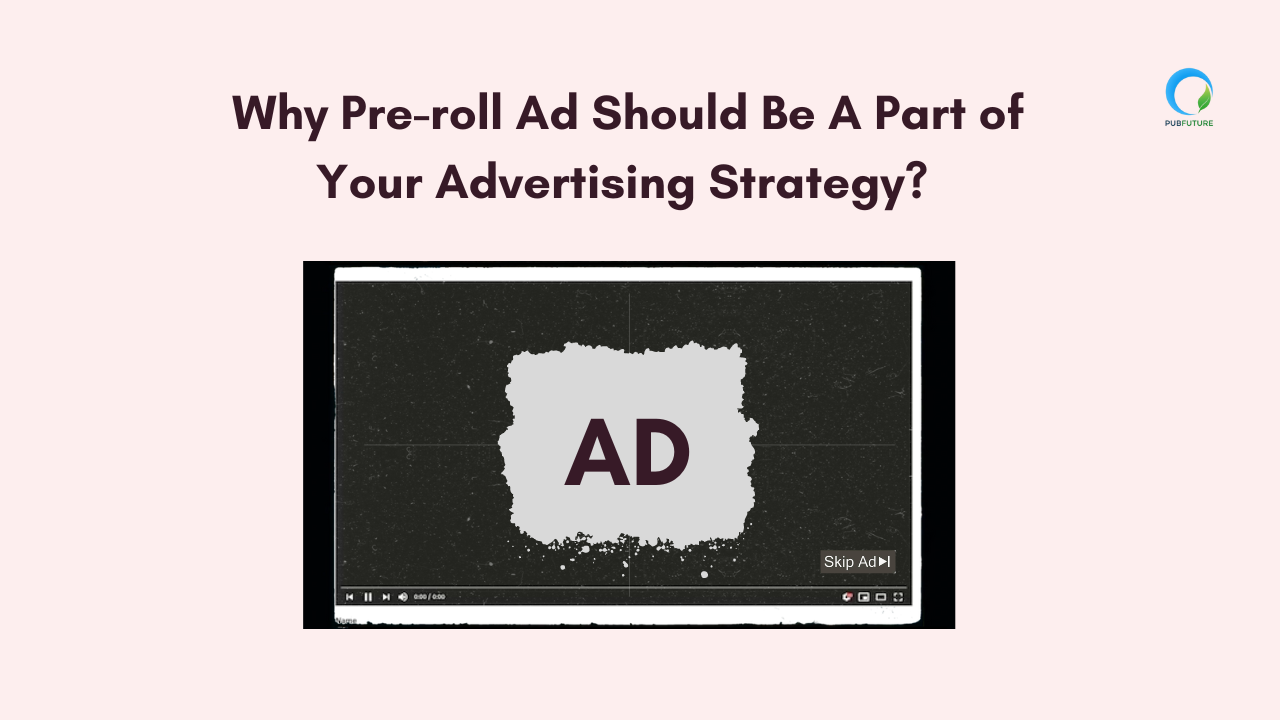
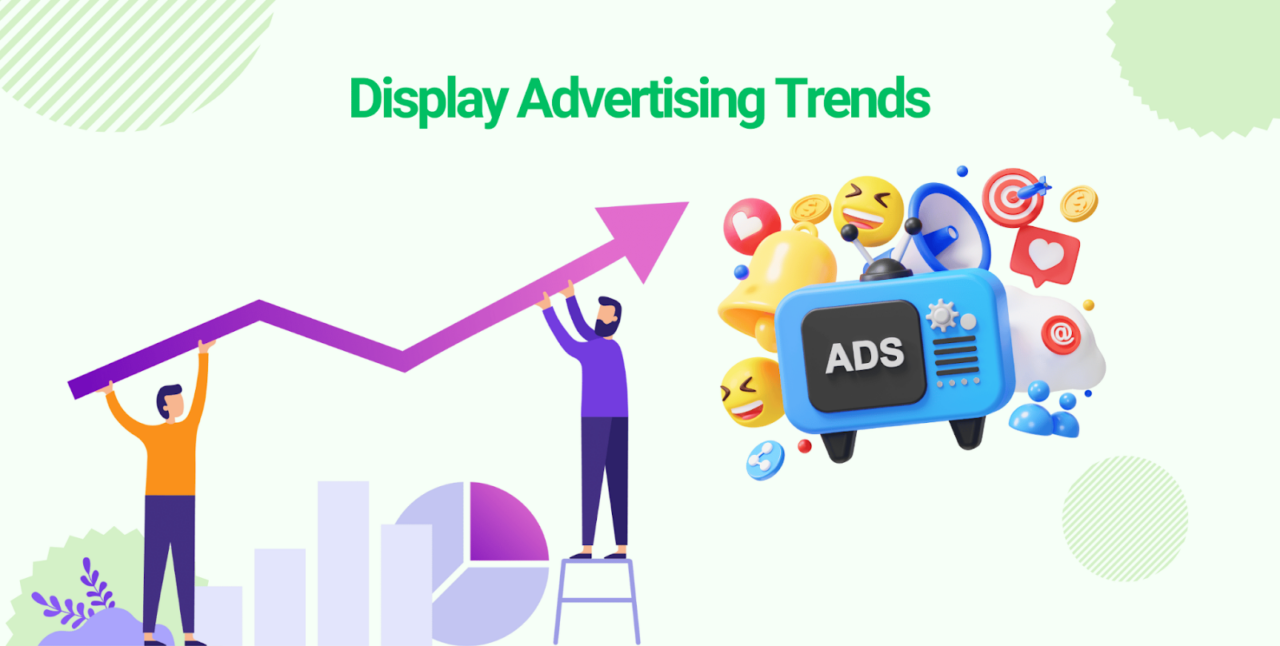
Lifeguard .22 with suppressor � quiet, foldable and uniquely designed for EDC.